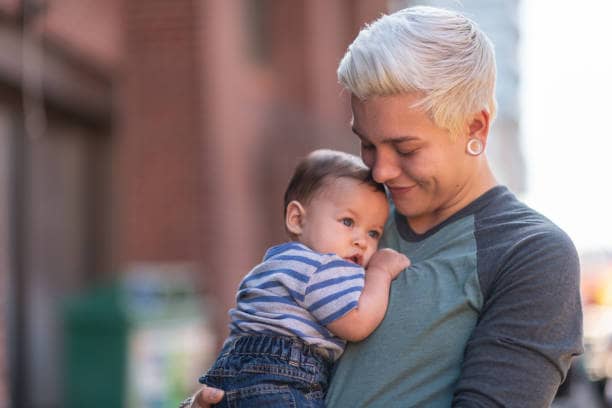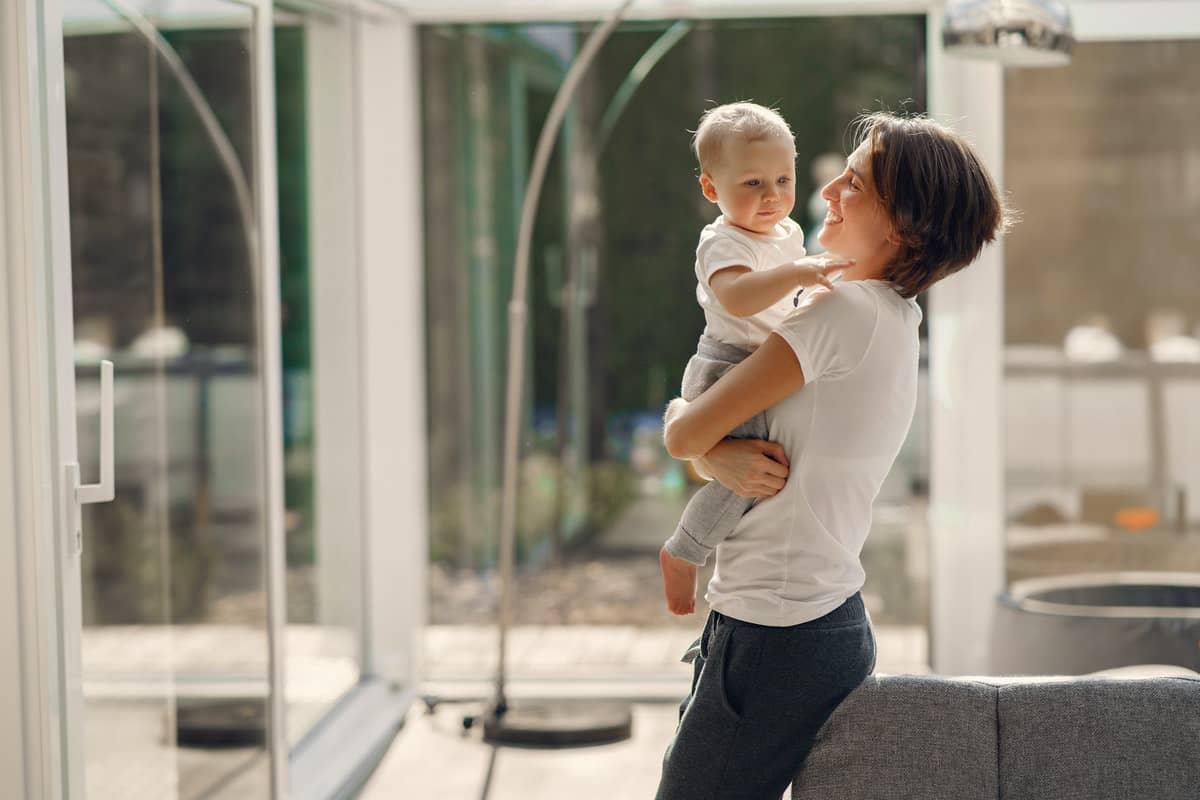Transgender individuals have come to the forefront of societal discussions, not least because many people have been fascinated by watching the transition of Olympian Bruce Jenner into Caitlyn Jenner. Caitlyn herself described the opportunity to be entirely honest with her family as being like “somebody taking 1,000lbs off [her] shoulders.”
However, the experiences of Chaz Bono and Caitlyn Jenner do not reflect the norm for transgender children, who generally don’t grow up as millionaires in the spotlight. Instead, Caitlyn Jenner has utilized her popularity to shed light upon the struggle that transgender youths face. And, of course, this struggle doesn’t just belong to the one transitioning. As Caitlyn’s sister Lisa commented, “I guess the whole family has to change along with her.”
How should parents who live outside of Hollywood handle this issue? Shannon, a resident of a Cleveland suburb, sheds some light on the subject through her own child’s experience.

Table of Contents
Transgender children in a typical suburban environment
Shannon and her husband gave birth to two sons. One son told his parents that he was, in fact, she. The resulting challenges show just how gender identity issues in suburban environments can differ greatly from the currently glamorous Hollywood welcome of trans people into society. Two of the greatest challenges transgender children face within typical environments are bathrooms and playdates.
Parents may not be sure whether to tell other parents about their child’s gender identity; many parents assume that the gender identity of the child is the biological sex (when in truth, gender identity reflects that with which the individual most identifies). So while the children involved in the playdates rarely cause problems, the parents are another story.
pWhen Shannon informed her family friends that her son was now referred to as her daughter, playtime was sometimes over.

Bathroom signs are also a continual challenge. Many classrooms for young children have one gender-neutral bathroom, which prevents questions that may arise later. Some state schools have also started implementing gender-neutral bathrooms. However, most workplaces and schools still separate bathrooms by gender.
So, what happens to children who are not certain whether or not they should use the boys’ or girls’ restroom? As Shannon’s daughter, age seven, put it, “It’s pretty stupid to call me a girl and use girl pronouns and make me go in the boys’ bathroom.”
Title IX states that gender identity determines the bathroom for the child, not the physical gender. However, parents are nevertheless often terrified of their child’s safety in these situations. Parents of non-transgender children may feel uncomfortable for their children, just as parents of trans people may worry about whether or not their son or daughter has chosen to enter the safest bathroom due to bullying.
Parenting choices
The parenting decisions of those with transgender children can be a matter of life and death—the suicide rate of trans people is incredibly high. Statistics show that 4.6% of Americans have attempted suicide, while 41% of transgender people have attempted or committed suicide.
These rates are frightening, so the parents of these children are justified in their extreme worry. As Shannon states, “We’d rather have a child who deals with being judged and bullied than a child who is not alive.” But, unfortunately, parenting decisions can also rip apart marriages if parents have different viewpoints on the issue. And even when parents form a united front when confronting the transgender subject, it still does not guarantee that the child will be happy.
Shannon explains that even the most supportive parents tend to wait to ensure that the child is not going through a phase. She states, “Once [children] get to the point when they say, ‘I’m a girl,’ then it’s not a phase anymore. Kids don’t go through phases like that.” Shannon’s family now utilizes the “she” pronoun as well as the term “daughter.” Her daughter prefers dresses and dolls. No parent or child would likely guess that this child is transgender.
The transition that these children make into the opposite sex is often gradual. However, many wait until they are fully grown and out of the house to transition. “There’s no easy decision,” says Shannon. “We [she and her husband] had a woman come up to us the day our child wore a dress and said, ‘You don’t have to let him do that.’ She was also a parent of a transgender child.”
Some parents and therapists chose to discourage their children from any gender transition. Shannon notes that many of these children may not function in school or may exude more anxiety. At this point, there are not enough long-term studies to determine the outcome for different approaches to parenting transgender children.
How to handle issues from outside the home
Shannon’s story contains a difficult character, who also happens to be an ex-cop! This man yelled at Shannon’s child when she was just six years old. The man continued to show up at her child’s school even after choosing to take his child out of that school system to avoid exposing that child to Shannon’s. He showed up in the classroom, lunchroom, and even during recess. During this period, the ex-cop continued to scream at Shannon’s daughter and forbade children from playing with her.
Shannon and her family moved elsewhere for a fresh start. The most shocking part of the story is that the ex-cop and his family were informed of the gender identity of Shannon’s child long before the man’s negative behavior began. He had commented on how he admired the way her children behaved during playtime. Their children were playmates, so the sudden change of heart was a shock to the family.
In addition, the principal and administrative assistant at the old school continued to let the aggressive man inside. The teachers were very compassionate, but this did not prevent local news reports about a transgender child leaving the area or prevent the continued harassment of her child.
Shannon decided to meet with school administrators before moving to ensure that her family would receive cooperation and protection from the school. Must all parents of a transgender child move to receive protection and support? The best parents can determine the level of support within those around them and build upon the most caring and safe relationships.
Community resources
Finding a qualified therapist for your child may not be as difficult as you believe, but finding a therapist who shares your viewpoint on your child’s needs can be challenging. For example, some therapists hope to eliminate the idea that the child can change their gender, while other therapists may not know whether they are just “in a phase” or if their encouragement influences the child’s choices.
In addition, there are resources for school administrators and educators here: https://www.hrc.org/resources/entry/schools-in-transition-a-guide-for-supporting-transgender-students-in-k-12-s.




